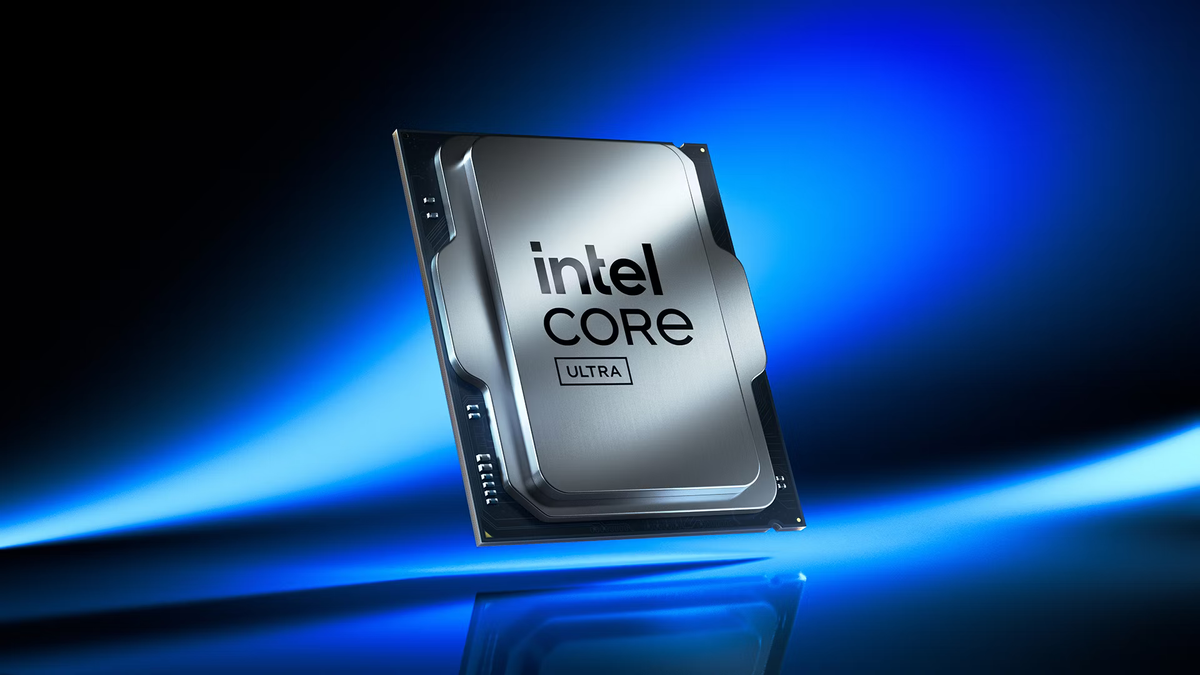While not the best release, I do like that Intel dropped its wattage and power. Its a much needed step in the right direction but they really still need to do much better overall with their power usage.
Going to be interesting when we get AMD halo early next year and I believe Intel is working on a similar type off platform/chipset.
Going to be interesting when we get AMD halo early next year and I believe Intel is working on a similar type off platform/chipset.



 but nobody buy arrow lake
but nobody buy arrow lake